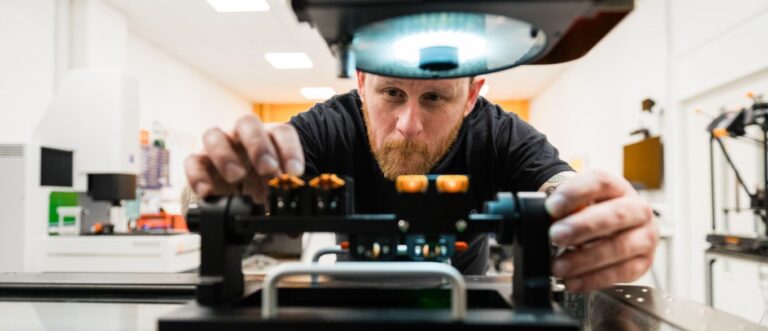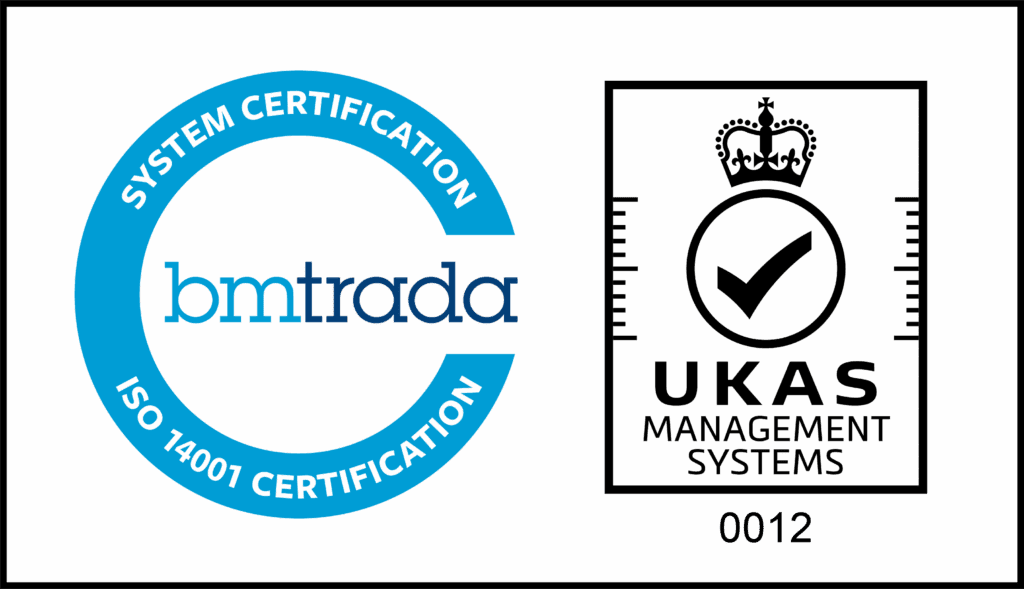
Making sure medical device products can be inspected as they come off the production line is an essential part of the product development process. Any changes in the design of a product for inspection reasons can increase costs, with those costs rising exponentially as the development project progresses. Design for Inspection (DFI) aims to minimise and often eliminate these added costs. It also helps to optimise inspection processes, streamlining the global distribution of your medical device products when you get to the scale-up manufacturing stage. What is DFI, though, and what are the benefits?
You have probably heard of the design concepts DFM (design for manufacture) and DFA (design for assembly). They are both concerned with designing medical device products to make them as easy and cost-effective as possible to manufacture/assemble.
DFI follows the same principles, except that it’s about making sure measurement and inspection processes for new products are:
- Possible,
- Practical, and,
- Optimised.
First, a Recap on DFM and DFA
Without DFM and DFA, a new medical device product might work in the virtual space and even as a prototype. It might even be suitable for small-batch manufacturing, such as for clinical trials and other testing purposes.
However, problems can start to arise when the product moves into the production engineering phase, i.e., where production engineers and manufacturing teams start looking at methods, processes, tools, and moulds to manufacture the product at scale.
Problems at this stage can often mean a redesign of elements of the product. When this occurs, delays are inevitable, and costs can skyrocket.
As a result, DFM and DFA are often crucial to the commercial success of a product, particularly during its initial market launch phase.
What about DFI, though?
How DFI Cuts Medical Device Product Development Costs and Risks
The importance of DFM and DFA means they are now commonly adopted concepts in medical device product development projects. DFI, however, is often overlooked.
This overlooking of DFI means metrology and inspection considerations sometimes don’t come up until the product moves into the manufacturing engineering phase of a project. This can create considerable problems.
To design and then commercialise a medical device product, it must be certified through inspection, with further measurement to ensure ongoing conformity.
As design best practice should involve considering the steps required to commercialise the product, not just to design it. Those considerations should include regulatory compliance, manufacturability, and, of course, metrology.
As with DFM and DFA, when measurement and inspection issues are only identified in the production engineering stage (or later), costs can soar.
For example, it might be discovered that specialist equipment is required to inspect a particular component, or that the required tolerance range cannot be achieved using existing machines and workflows. Engineering your way out of challenges like these can be expensive and time-consuming. This is one of the reasons why DFI is so important.
Optimising Inspection and Measurement Through DFI
While the above points are highly relevant, the concept of DFI isn’t just about avoiding unnecessary costs and delays. Adopting DFI principles (see below) in the development of a new medical device product can also improve and optimise inspection processes.
For example, automation could be introduced into the inspection process or inspection rates could be maximised. These things might not be possible if metrology is only considered in the latter project stages.
DFI Best Practices
- Consider inspection early – the starting point when adopting DFI is to consider metrology and inspection as early in the design process as possible, just as manufacturing expertise is often called upon in design stages.
- Maintain a focus on metrology – it is then beneficial to refer to metrology experts as the project moves through the design phases, up to and including the point where the design is approved and passed to the manufacturing team.
- Final decisions and advice – metrology experts should then provide final advice to manufacturing teams – advice that is enhanced because of ongoing involvement in the project. This can help the manufacturing team get a deeper understanding of drawing specifications, particularly in relation to geometric dimensioning and tolerancing.
- Optimise workflows and inspection processes – the final element is to pull everything together to create and optimise the metrology and inspection workflows and processes for the new product.
There is one final point to consider here. Even in situations where DFI is not implemented during the design phase, many measurement and inspection challenges can be overcome by engaging metrology experts to conduct drawing reviews with manufacturing teams.
However, the best results are achieved through the adoption of DFI principles.
Benefits of DFI
- Faster and more accurate inspection processes during full-scale production
- Improved compliance
- Less re-work during product development, especially in the costly latter stages
- Optimised use of metrology and inspection equipment
- Eliminates unnecessary capital expenditure (by identifying elements that will need new instruments to be inspected so those elements can be altered)
- Faster return on investment
Conclusion: Eliminating Avoidable Costs, Reducing Risks, and Optimising Processes
To maximise the success of a medical device product development project, you need the following four elements:
- Product design excellence
- Smooth regulatory compliance
- Optimised manufacturability
- Fast, accurate, and effective inspection
DFI is only one part of achieving the above four-part objective, but it should not be overlooked. By adopting DFI best practices, you can eliminate risks and costs associated with design changes for inspection reasons. You can also make sure your inspection processes are fully optimised, i.e., where inspection processes help to improve production line productivity, throughput, OEE, and the streamlining of product distribution to all global markets. To find out more about implementing DFI in your medical device product development project, please contact us at Verus Metrology today.








